Content marketing is a proven strategy for generating leads, increasing sales and building engagement with your customers. If you’re still skeptical, or if you aren’t using checklists to help you accomplish your content marketing tasks, this article is for you.
But it’s not just marketing and advertising executives who’ve discovered the benefits of a content marketing campaign. Small business owners are using digital marketing successfully, too.
If content marketing isn’t a part of your overall marketing strategy, you should reconsider, maybe even hire a content marketer to help with content creation and content promotion.
If it is part of your content marketing strategy, you can increase your campaign’s effectiveness by using a proven checklist.
Definition of Content Marketing
Content marketing is a marketing method based on the creation of relevant and valuable content, to drive a specific call-to-action—usually to attract and retain customers.
Content marketing has proven to be effective for attracting and delighting prospects and customers on a consistent basis.
The demand for valuable content is greater now than ever before, but producing quality content requires significant research, time and effort, especially when you don’t have a team helping you. Many small business owners have this obstacle when it comes to digital marketing.
When you use a proven checklist to guide your efforts, you’ll cut your mistakes in half, leaving more time and energy for increasing engagement with your prospects.
Whether you want to improve your social media influence, build a loyal blog post audience or achieve any other marketing goal, you should use this checklist or give it to members of your team to effectively plan, build and measure the effectiveness of your content marketing campaign.
1. Have you Identified the needs of your target audience?
Who is your audience? Identifying your audience’s needs is critical to your success.
In his book, The Ultimate Marketing Plan, Dan S. Kennedy said that social media has changed the way we talk to our customers. He also said that you don’t have a business until you understand your customers. Valuable content creation requires that you know your customers’ needs.
The chart below, from Dali, shows that over 75% of Starbucks’ revenue comes from customers aged 18–40, who most likely own a smartphone. So, Starbucks isn’t wasting time, money or effort by marketing to everyone. Rather, their marketing strategy targets a specific group of people with content marketing.
There are millions of pieces of content out on a search engine, but, if you’re not speaking the language of your audience, they won’t read yours. Consequently, all that hard work will be in vain.
Content that isn’t aligned with buyers’ needs is responsible for the 44% failure rate of any marketing strategy. That’s why it’s crucial to fully understand the needs of your target audience before writing your first blog post draft.
This is potentially game-changing. It destroys the myth of hauling out content to see what sticks. It also forces you to streamline your content strategy to the people who matter most and in the format that they engage with most.
How do you identify the needs of your audience to target content marketing?
a) Create a survey: A survey, which can be prepared online or offline, is a simple tool for taking feedback and comments about a subject. Here’s the result of a survey to determine the reason why people travel.
Surveys are very effective for identifying the needs of your target market and they can be instrumental in digital marketing to driving traffic, generating sales and increasing the long-term growth of your business.
There are plenty of free or inexpensive tools that you can use to create your online survey. SurveyMonkey is quite user-friendly and offers short surveys, free of charge. Most email marketing strategy services, such as Getresponse or Aweber, also come with built-in survey templates.
What questions you ask in your survey will depend on the goals and objectives of your content marketing campaign. However, to build an effective survey, follow this six-step process (by Surveygizmo):
To assess the needs of your target audience, regardless of your niche, your survey should ask these three questions, at a minimum:
1) Audience demographics: This will help you better target your marketing strategy messages to fit your target audience. Your survey can address any of these demographics:
- Age range (e.g., 20–35)
- Income (e.g., $10,000–$50,000 annually)
- Location (e.g., America, Europe)
- Occupation (e.g., freelancers, marketers)
- Education level (e.g., college, graduate)
- Other demographics (e.g., lifestyle: travel)
2) Their biggest desires:
- What is their greatest desire?
- What problems would they like to solve?
- Would they pay for this problem to go away or to achieve these goals?
3) What courses/products/articles would you like for [insert name of business/blog] to create?
This question kills two birds with one stone. Not only will you find out what your audience wants, but you’ll also get some guidance on exactly how to best grow your business.
Another best practice to employ, when creating a survey, is to use both open-ended and close-ended questions. Open-ended questions give respondents the opportunity to speak their minds helping your customize your marketing strategy based on feedback. These kinds of questions can begin with any of these words:
Here’s a comparison of open-ended and close-ended questions:
b) Send an email to your list: Once you have created and proofed your survey, it’s time to send it to the contacts on your mailing list. This is the easy part.
Simply send your audience a quick email asking for their help with your survey. Tell them why it’s important for them to take the survey—explain what’s in it for them. You can also offer a free gift for everyone who responds or hold a drawing for a bigger prize.
Here is an email from Eric Conley, asking for reader feedback from his mailing list.
Note: If you don’t have an email list, it’s not too late. You can start today. An email list is evidence that you’re building a business that will thrive in the future. It’s also the only digital marketing solution to the endless cycle of pursuing new traffic, leads and sales.
c) Spy on your competition: A competitive audit begins with discovering your competitors’ best keywords (i.e., the keywords they target that are ranking highly) and their best traffic sources.
If you find that your competitors are dominating the search results, you could also determine the number of their indexed pages.
Take it a step further and discover how much influence your competitors have on social media networks. For example, how many social shares do they get for each published blog post?
Here’s how to find out: visit buzzsumo.com. Type your keyword (e.g., content marketing) into the search box:
Buzzsumo provides more ways to narrow down your search with its Advanced Search options and filter. You can get tips to find exact phrases, multiple words, content by author name and other statistics that can be used to strategically map out your own content.
d) Visit niche-related forums: You can also visit a forum where topics in your industry are actively discussed. I prefer to start my search from established social media platforms.
Start by logging into Linkedin. Type “forum + content marketing” in the search box.
This search produced 88,550 results on LinkedIn, but we want to focus on the result for Groups.
Let’s click on one of the groups, “The content marketing forum.”
From the comments to this question, it seems that this group is engaging and willing to respond to comments. This is a forum where you can ask questions to identify the needs of your target market to develop your content marketing strategy.
Another tactic worth trying, especially if you have limited time available, is to sign up for a free account on Quora. Select the categories that you are interested in and get question suggestions from community members.
2. Do I need to redefine my content strategy?
A defined content marketing strategy, complete with specific goals, is the backbone of any content marketing campaign. Publishing one-off articles, absent a proper strategy-backed campaign, is the equivalent of spinning your wheels: you’ll expend effort but get no closer to your goals.
The content strategy that you develop and how you deploy it should largely depend on the information you got from your target audience in step 1.
Let’s take a cue from the needs of our target audience to plot out a content strategy.
- Audience Statistics: Say this was the snapshot of your audience stats after readers took your survey:
- Age range: 30–50
- Niche: Internet marketing
- Competitors: problogger.net, becomeablogger.com
- Engagement via: Facebook, G+
- Needs: blogging, content marketing
From these results, you can figure out what to focus on:
- Subscribe to 5 or 10 blogs in your niche and follow them on social media.
- Focus on the keywords that your competition currently ranks for and target long-tail keywords, to increase your chances of ranking highly in Google.
- Pay more attention to your business page on Facebook.
- Write more blog post ideas on content marketing.
- Consider hosting a webinar.
- Plan your content to attract, engage and connect customers.
Attract: There are several ways that you can attract your target audience, including a recent favorite of mine: writing data-driven posts.
Data-driven posts are especially helpful for building authority with your readers. When you can prove to your audience that you’re not just writing off of the top of your head, but rather have done real research and can back up your content with solid facts, you increase the chance of building your audience and earning their trust. A small business that is the authority usually dominates the local market.
Another way to garner more content promotion is to take the advice of advertising guru David Ogilvy. Create provocative and powerful headlines that get clicked. In fact, according to Mr. Ogilvy, the headline should take up 80% of your marketing dollar.
Engage: If your content is merely attracting people to your page, but not engaging them, you will experience a high bounce rate and might even be penalized by Google.
So, many business owners make the mistake of building their content strategy around producing content and not considering how the content will engage with readers and lead them to a specific action.
Connect: Another way to attract attention is by emotionally connecting to your target audience.
Jon Morrow was able to connect emotionally with his target audience by sharing his personal story, “On Dying, Mothers and Fighting for Your Ideas.”
Because he was able to find a point of connection between his story and audience, that blog post has received over 5000+ shares, opened up business for him and has become a point of reference for other small business sites as well.
In content creation, your story doesn’t have to move people to tears in order for you to connect emotionally with your readers. It doesn’t even have to be your story. You can interview one of your successful clients, for example, and share that story on your website.
3. Do I need to create a content map?
A content map helps you to stay focused on your goals as you plan your content. Think of it as a kind of Google map that keeps you on the right path and immediately helps you retrace your steps if you get off track.
Some of the questions to ask yourself, as you prepare your content map include:
- What should be the reader’s biggest takeaway, after reading this content?
- How do I make this appealing to my target audience?
- Where do I need to incorporate media and what type of media?
- What resources do I need to create appealing valuable content?
- Do I create content myself or will I need help? Should I outsource, and if so, how much?
- How can I repurpose this content?
Another process that can help you is concept mapping, in which related ideas and concepts produce a graphic image showing the connection between ideas.
Concept mapping will become very useful for smooth transitioning of one idea to another, especially if you are going to be doing a lot of research as you write your post.
If there is a disconnection in your content, your readers will notice. You can avoid that by following the six steps of concept mapping, developed by the Web Center for Social Research Methods.
4. How do I keep a flexible workflow plan?
You can create and maintain a flexible workflow by planning weeks, or even months in advance. Your content that has been previously mapped out will give you the best post ideas and outlines.
You should also practice the fine art of delegation.
You can prepare by doing the following:
Pre-written scripts: These scripts can be used for pitching, sending responses, sending reminders and other commonly repeated tasks. These types of templates can help you achieve a flexible workflow plan.
Work responsibilities: If you have a team in place for content marketing, it’s important that each team member has their own specific work responsibilities, rather than just a vague description of “working on content marketing.”
Use a timer: Every task should be assigned a start time and an end time. To keep your workflow flexible, remember Parkinson’s Law, which states that work expands to fill the time available for its completion.
5. Have I addressed my customers’ FAQ?
The best way to create a successful content marketing campaign is to gain customer insights and understand the needs of your target audience, as we discussed in item #1.
There’s a simple tool that small business owners have used, over the years, to publish viral blog posts, make bigger sales and create life-long customers. Best of all, this tool is free and accessible to anyone.
It’s called frequently asked questions, or FAQs. FAQs are just a list of questions that your audience will most likely ask about what you’re offering, together with your answers to those questions.
Pat Flynn has a great FAQ on his Food Truck Growth Kit:
An FAQ is used to reduce the number of questions coming in to your sales team, as a result of something you put out–for example, a product for sale. You can also consider using SAQs, or “should ask” questions when creating digital marketing ideas.
I first heard about SAQs from bestselling author Mike Koenigs, in his book Author Expert Marketing Machines. They’re the questions you wish people would ask you. They are what make your content unique and position you as an authority.
6. Have I made my site readable?
What’s the point of having great content, if your users can’t read it? Here are some basic rules to give your customers a pleasurable viewing experience with your blog post and content.
a) Tag properly: The main topic should be your first level heading, and your subtopics should be heading level two. Use bold and italics, as you compose drafts in Word or Google Docs, to call attention to a word or sentence.
b) Use the right font face: There are thousands of fonts available, but you’ve got to be careful choosing among them. You obviously want fonts that are really easy for the user to read.
You should also consider the “personality” or “tone” of your fonts. Make sure it matches both your niche and your brand. For example, the font a musical artist uses for designing his posters may not work well for marketers or law firms.
c) Analyze a niche-related site: To check the best font for your website, pick a favorite website in your niche and check which fonts it uses:
- Highlight a paragraph
- Right-click on your mouse and click “inspect element”
- In the right box, you will be able to see the font family, font size and weight.
7. Have I included visually appealing images?
According to 3M and Zabisco, 90% of information transmitted to the brain is visual and visuals are processed 60,000X faster in the brain than text. But, don’t use just any stock photo for your post.
There are several sites where you can find great images to pair with your valuable content. You can also make them yourself. Check out this in-depth guide: How to Make Custom Images for Your Blog Without Hiring a Designer.
8. How do I generate viral content ideas?
After the team at Moz analyzed a large sample set of headlines from different online publications, they discovered that headlines with numbers are preferred over other headline styles by 36% of users.
They also found that different factors contributed to headlines going viral, such as the headline’s emotional impact on the user.
You can visit sites, like Buzzsumo and Ahrefs, to see what’s trending in your industry. However, there’s another avenue for generating headline and content ideas that’s somewhat underused: Amazon.
Here’s how you do it: visit Amazon.com and type a keyword (e.g., content marketing) that’s related to your niche into the search box:
The marked result in the screenshot above talks about a global perspective on content marketing and was published in late 2014. This means that the information that it contains is about five years old. And with 69 five-star reviews it’s likely popular and relevant.
On the book’s product page, Amazon gives you a sneak peek of what the book is about. Click on the book cover and scroll to the table of contents and you’ll see some of the ideas discussed in the book.
As you review, you’ll undoubtedly think of comments and questions, as well as related concepts, all of which you can use to plan your next blog post.
9. How can I grab attention with openings and paragraphs?
On average, your headline is read five times as often as your body copy. Clearly, your opening paragraph, as well as the rest of your content, also plays a part in getting your valuable content read.
I’ve analyzed the posts below for opening elements that you can incorporate into your blog post.
a) Open with a story: Go tinybuddha style and open your post with a story. The technique of storytelling was used effectively in this post, titled “Dealing with Loss and Grief: Be Good to Yourself While You Heal.”
b) Open with a confession: Do you have a secret that you’ve kept for a long time? Why not reveal it in your opening? Pamela Wilson knows exactly how to do it:
c) Open with attention: The first line of your opening is a teaser. It should scream “Read Me.” Here’s an example:
Other points to consider as you craft your opening for search engine success:
- Do not write misleading openings.
- Make sure your paragraphs are well spaced.
- Test varying paragraph lengths. A good rule of thumb is a minimum of two lines, with a maximum of eight lines, as you’ll see in the examples that I used.
10. Can data-driven content increase my credibility?
Your content will be taken seriously when it’s backed up with accurate facts and supporting data.
Journalists are good at taking data and turning it into meaningful information. But, once they get the data, they’ll filter it for the real juice, visualize it and then use storytelling to get the information to the public. You can do the same in digital marketing valuable content.
So, how do you get data for your posts?
a) Get data from an influencer: Influencers have access to an army of resources—not to mention an army of assistants working on researching their posts. To get data from an influencer, bookmark posts that you think will be useful for your future posts and perhaps save them in Evernote or some similar app.
Then, in the future, when you’re writing on a similar topic, revisit the post and let it help you uncover additional resources with the data that you’re looking for.
b) Sign up for Google alerts: Stay abreast of trends, by signing up for Google alerts. Whenever there’s news on a topic that you’re following, Google will email you with the news. Bookmark these pages for future reference.
11. Do I need to optimize for SEO?
Yes, you do.
The importance of SEO can’t be overestimated. After all, you want your content to be discovered by the right people in the search engine results, right?
The tips provided here will not automatically rank your post at the top of Google’s SERPs, but they can increase the chances of your post being found on Google and thus direct more search traffic to your content.
Keyword research: Before you sit down to write any blog post, spend some time doing keyword research. Visit Google Ads Keyword Planner to find the keyword variations that you can easily rank for.
On-page SEO: You should properly tag your posts and meta descriptions. Avoid stuffing your post with keywords to stay clear of the “Google penalty.”
Write optimized meta descriptions with some of the keywords used in your post (no stuffing) and keep them under 150 characters so they will appear fully in search engine results.
By targeting long-tail keywords, you’ll have a greater chance of ranking highly in Google.
If you consistently publish quality posts targeted for long-tail keywords over a period of time, you’ll definitely dominate the search engine with your content creation. However, focus on the user intent, not necessarily the keywords.
Off-page optimization: Too many small business owners spend too little time on off-page optimization. And yet, it is very effective. Off-page optimization is all about getting quality links to your web pages. Some of the ways that you can earn/build high-quality links are:
- Guest blogging
- Creating ego bait (e.g., top list expert posts)
- Media outreach, social media
- Broken links strategy
Write conversationally: Conversational writing is an effective SEO practice. It’s hard, after all, to write outstanding content when you’re actually writing for a bot. When you write conversationally, it’s much harder to stuff keywords into your post.
12. Do I need local channels for promotion?
Promoting your content through local media channels is still a viable tactic.
In order to kickstart your local media promotion, you first have to understand the audience that you’re targeting. It’s not a global audience, so you have to ensure that you speak their language.
a) Visit your local newspaper stand and identify the sections where you would like to be featured. (Other local outlets that you can target include radio stations, local TV shows, and local conferences.)
b) Flip to the editorials to find the editor for that section. After you identify the local channels of promotion, you can create a plan to pitch the editors in charge of that channel or section.
13. How do I get started with a social media strategy?
You need a social media strategy if you want to generate loyal leads and customers. Valuable content creation is the start.
Social media isn’t rocket science–you can start with a very basic strategy. The trick is to find one thing that works and do it consistently.
To start your social media strategy, follow these five steps:
- Open a small business account on the social media platform where your target market hangs out.
- Schedule posts and be consistent.
- Pick the best time to post.
- Encourage user engagement.
- Measure results.
It’s critical, for your success, to pinpoint the right time to post your content on social media. When you understand social media timing, you can apply it to your posts.
14.I need to reach out to key influencers in my niche—how do I begin?
As a newbie blogger or small business owner, it’s not easy to get the attention of influencers in the digital marketing world—but it’s far from impossible.
Once you’ve got the right data and you’re able to communicate effectively, as well as show them how they can benefit from your campaign or idea, you’ll get their attention. After all, just like you, influencers want to increase their reach and grow revenue.
There are several ways to get the attention of a blogger, but here are a few pointers:
- Comment on their posts
- Write a fan note
- Offer to work for free
- Write a guest post
- Write a thank-you note
- Follow them on social media
- Feature them on your blog
- Be helpful
- Buy their products
- Attend networking events at which they’re speaking
15. What steps do I need to take to create an editorial calendar?
To avoid falling off the content grid, create an editorial calendar. An editorial calendar is used by bloggers and publishers to keep track of and control the publication of content in a given time period (a month, a quarter or a year).
You don’t need to get fancy—though you can. You can just use your computer’s calendar app or Google Calendar.
With your content strategy in mind, pick a calendar and then start filling out this information:
- What day of the week is most suitable?
- Which platform should each piece be published on?
- What content theme will you follow?
- Which team member should you assign content to?
- At what time?
The editorial calendar gives you an overview of what is planned for your content creation in one month, three month, or even six month intervals.
16. Do I have to set metrics for measuring results?
Yes, you do.
There is a saying that “whatever is not measured cannot be improved on.” This is as true for content marketing as it is for life goals. Growth metrics in digital marketing begin at the moment when you “meet” the customer and go right through their post-purchase experience.
Setting metrics is a valuable gift to give yourself and your business. It can even serve as an energy boost on those days when you feel too discouraged to pursue your goals.
Setting metrics can be free and as simple as:
- Installing Google Analytics in your WordPress dashboard
- Checking the insights on your Facebook page
- Keeping a simple spreadsheet to record your lead-generation activities
Or you can use advanced premium options such as:
- Tracking links with a link tracker tool
- Using a content relationship management (CRM) software
- Hiring a community manager for Facebook marketing and using software to track progress
Which metrics you set depends entirely on what you are trying to measure, the level of detail you require, the purpose of measurement and the size of your business.
Also, note that when tracking results, there are some results that don’t make much of a difference for your business and some metrics that you should definitely not worry about until you have grown your list to a significant size.
Instead, focus on actionable metrics that will impact your bottom line (e.g., grow your list, acquire more leads, increase sales, etc.).
Some of the metrics that you should consider tracking are:
a) Conversion rate: Are you converting at least 10% of your website visitors? Are they signing up for your mailing list?
b) Bounce rate: Do people find your content interesting? Are they engaging with your blog post or are they hitting the back button?
c) Targeted traffic: It’s not enough that your traffic increased to 100,000 visitors this month. If the traffic isn’t converting, it’s probably because your brand message isn’t clear or that your message means different things to different people.
Spend some time on your Google Analytics account and you’ll definitely come up with actionable data for decision making, such as sessions, users, page views and average session duration.
17. How do I build a content marketing campaign?
When you want to take your content to the next level and boost engagement, you’ve got to create a campaign. The word “campaign” isn’t new to Facebook advertisers, Google Ads advertisers or PR professionals.
A campaign, whether it relates to marketing or content, simply means a coordinated series of steps that are aimed at yielding bigger results.
From the Google Analytics dashboard, you will see the bounce rate, the conversion rate and the site that’s sending you the most traffic. From there, you can see where your referrals are coming from, in what regions and at what time of the day.
With all of the tools available to measure your content marketing efforts, you can avoid the mistakes you made in your first campaign and laser-focus on the activity that brought you the most results.
Conclusion
Attracting an audience of people who’ll believe and trust you doesn’t happen overnight. You have to stick with it and be willing to continually learn how to be better at content promotion. The marketing world is constantly changing, but the basic needs of the target audience will always remain the same.
Great content draws people’s attention. Content marketing is the most effective tactic for generating qualified leads and engaging your audience.
Whether you’re going to focus on social media or search engines, the rule is the same: answer your customers’ questions and you’ll win their hearts.
How do you create engagement with your content?



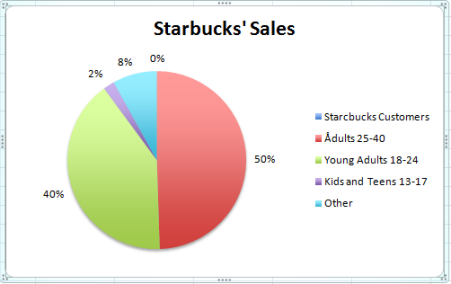

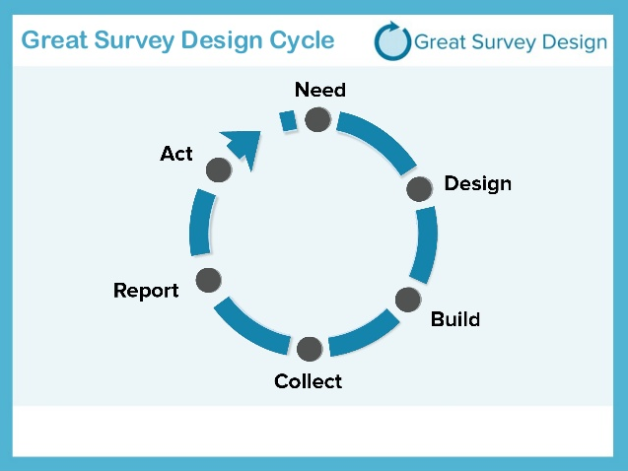


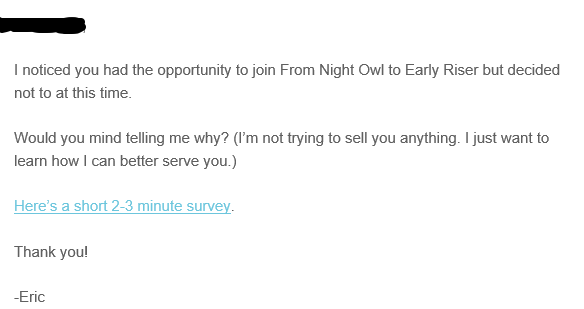


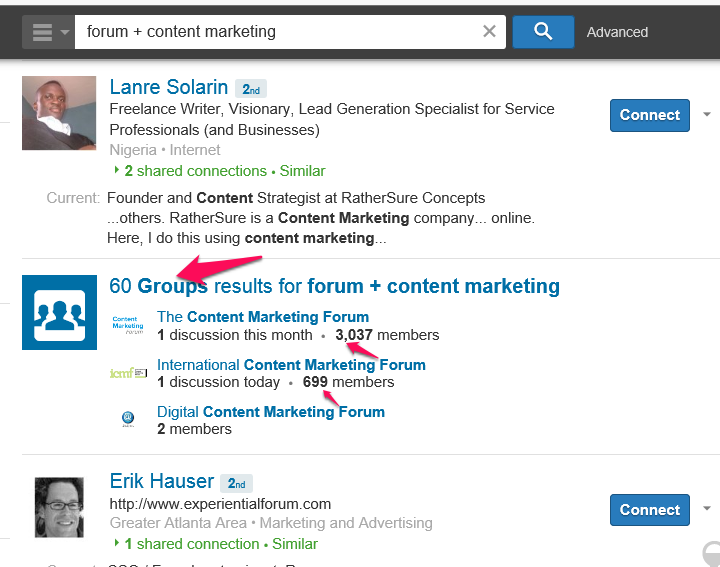







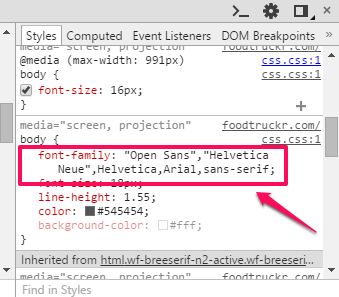
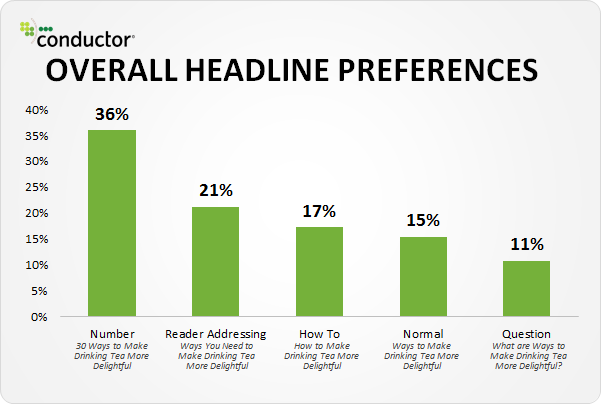




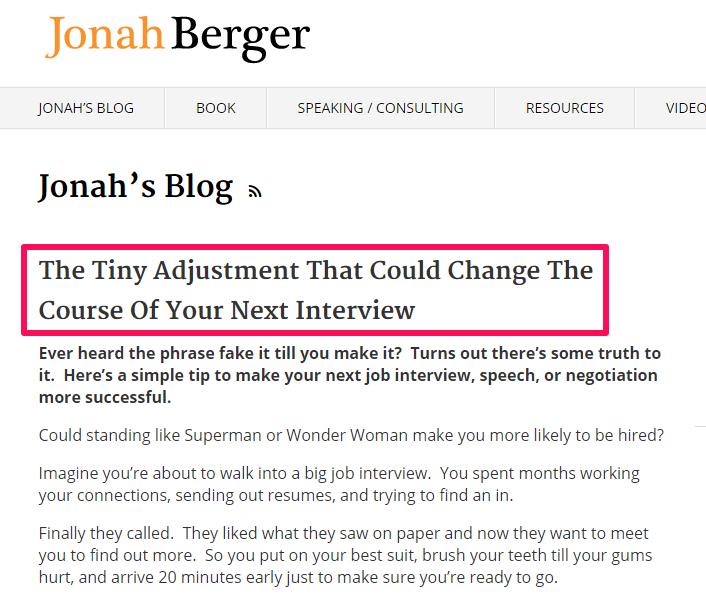


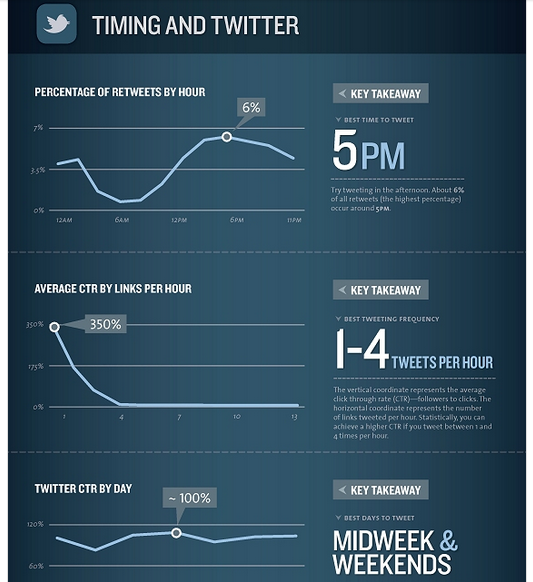


Comments (65)